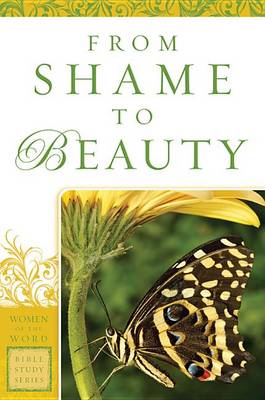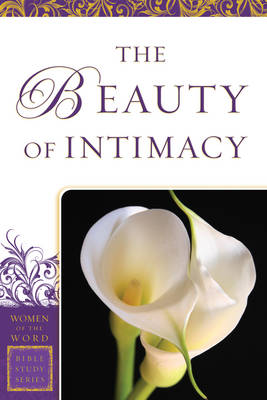Women of the Word Bible Study
2 total works
There are two kinds of shame. Legitimate shame is a tool in the hands of a forgiving God; we feel it when we recognize our sin and turn to Him. False shame, on the other hand, is a tool in the hands of the enemy; Satan uses it to convince believers that they are not worthy of God's love and acceptance, and to turn them away from fellowship with Him. In From Shame to Beauty, readers will discover how to arm themselves against false shame and live confidently in the knowledge of God's love. This interactive study, ideal for individuals or small groups, guides readers through a process of healing from false shame that has plagued their lives and relationships. From Shame to Beauty features eight topical studies. Topics include "Characteristics of Shame," "Cause of Shame," "Contagion of Shame," "Cure for Shame," and more. Each week's study examines how false shame threatens the lives of believers, digs into Scripture to find out what God's Word has to say about it, offers readers the opportunity to reflect on their own struggle with shame, and suggests practical action steps to help readers apply what they have learned.
The "war between the sexes" has gone on long enough! God is moving to restore the relationship between women and men to His original design, bringing peace and harmony where there has been, for so long, strife and misunderstanding. "The Beauty of Intimacy" helps women open their eyes and hearts to this move of God's Spirit and challenges them to live according to the purpose God revealed for men and women at the beginning of time. "The Beauty of Intimacy "features eight study sessions. Topics include "A Tale of Two Trees," "She Shall Be Called Woman," "Right Expectations, Wrong Source," "Hidden Man of the Heart," and more. Each week's study examines an aspect of the relationship between women and men, digs into Scripture to find out what God's Word has to say about it, offers readers an opportunity to reflect on their own marriages or relationships, and suggests practical action steps to help women apply what they are learning.

